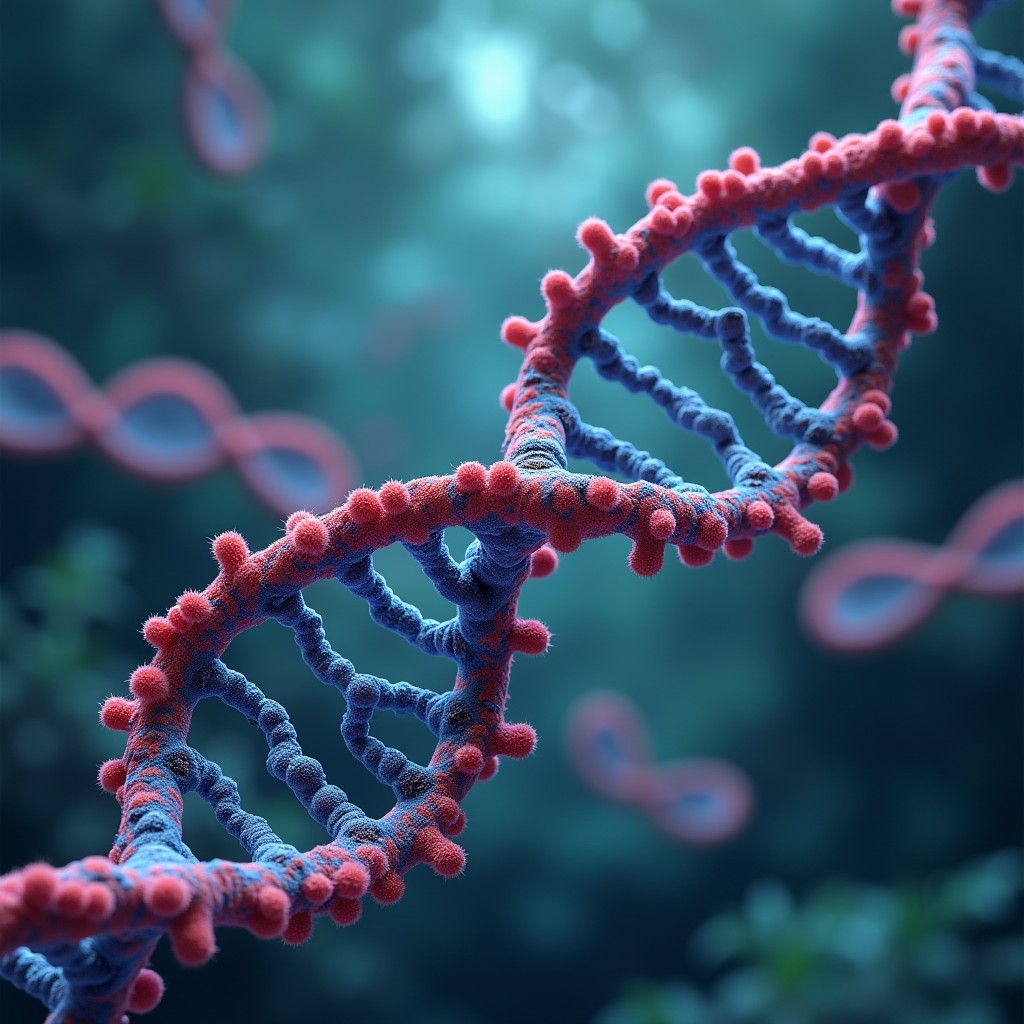
Microbial Genetics: The Code Breakers
Share
Picture this, a cell, invisible to the naked eye, holds secrets that could change the course of human history. Within that cell, genetic codes are hard at work, swapping, shifting, and revealing puzzles that only the sharpest minds can solve. Welcome to the electrifying world of microbial genetics, where microscopic code breakers reveal the mysteries that shape life on Earth—and sometimes, save it.
The Code Whisperers of the Microscopic World
Every great adventure story has its heroes. In microbial genetics, those heroes are scientists who spend their lives decoding how microbes—the smallest living organisms on the planet—work. These "code whisperers" are geneticists, experts who map, understand, and even reprogram the DNA of microbes to tackle some of our greatest challenges.
Dr. Joshua Lederberg and Esther Lederberg were trailblazers in the history of microbial genetics. Their discoveries opened new doors to treating diseases, engineering microbes, and understanding life's complex web.
The Role of Microbial Geneticists
Think of microbial geneticists as detectives in a high-stakes mystery. Every day, they study the organization, regulation, and expression of genes within tiny organisms. They ask big questions like, “How do bacteria develop antibiotic resistance?” and “Can we program microbes to break down pollutants?” These scientists are explorers investigating genetic variation—the way genes change—and gene transfer mechanisms, which are the methods microbes use to exchange genes.
Microbes don't follow the same genetic rules as humans; they constantly swap DNA, making them unpredictable, clever, and sometimes dangerous. Understanding these processes helps microbial geneticists combat antibiotic resistance—a problem that threatens modern medicine—and create life-saving technologies.
A Career in Microbial Genetics: Is it for You?
If you love science and have a knack for solving complex puzzles, microbial genetics might be your dream career. It’s about being a part of a team that could one day cure diseases, create sustainable agricultural practices, or even develop new technologies based on microbial functions. By choosing this field, you're stepping into a role that blends scientific inquiry with groundbreaking innovation.
Becoming a microbial geneticist takes dedication. Most microbial geneticists begin with a bachelor's degree in genetics, microbiology, or a related field. For advanced positions, a Ph.D. is often necessary. The journey to becoming a microbial geneticist includes hands-on lab work, complex data analysis, and sometimes collaborations with researchers worldwide.
Typical salaries range from $60,000 to $120,000 per year, depending on experience and specialization. While the work is demanding, it offers the chance to change lives, push scientific boundaries, and be part of groundbreaking discoveries.
Choosing microbial genetics means you're not just picking a career; you're embracing a journey to unlock the secrets of genetic variation and evolution. So the next time you wonder about the invisible world inside your body or in the soil beneath your feet, remember the microbial geneticists who are breaking the codes and pushing the boundaries of what we know about life. Whether you're a middle-schooler dreaming of a future in science, or a teen considering your college major, the world of microbial genetics offers thrilling possibilities that reach far beyond the microscope.
Additional Information:
Phillips, Elise, Ph.D., ASM.org. “Using Microbial Genetics to Engineer the Future,” 2024. https://asm.org/Articles/2024/November/Using-Microbial-Genetics-to-Engineer-the-Future.
